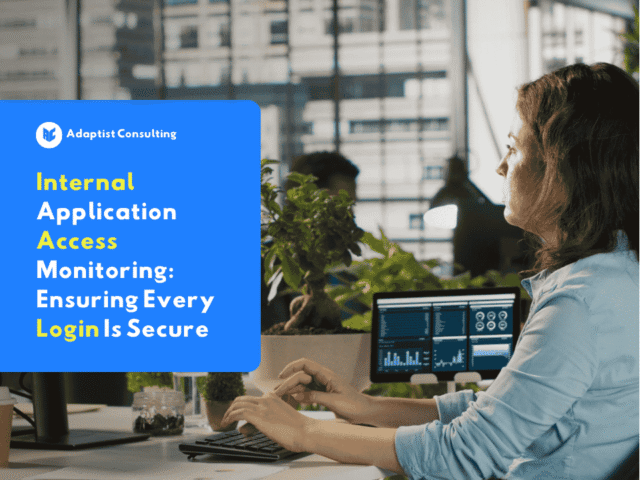
Risk Assessment Framework: The Foundation of Modern Risk Management
October 21, 2025
Internal Audit: Essential for Modern Businesses
October 24, 2025Privileged Account Management: A Strategy for Protecting Critical Corporate Access

What Is Privileged Account Management?
Privileged Account Management (PAM) is a security framework that governs, monitors, and protects the use of privileged accounts. These accounts are typically held by system administrators, database managers, application owners, and cloud infrastructure operators. Because they have full control over core systems, such accounts pose a high security risk if misused.
According to NIST Special Publication 800-53, privileged accounts require strict supervision because they can be used to alter configurations, access sensitive data, or even shut down systems. As a result, PAM is considered one of the key pillars of digital identity security management.
The Importance of PAM in the Digital Era
With the rise of cyber threats, PAM has become increasingly essential. Here are several reasons companies should implement it:
-
Protect Critical Data: Limits potential data leaks caused by admin account misuse.
-
Regulatory Compliance: Supports global frameworks such as GDPR, HIPAA, and Indonesia’s Personal Data Protection Law (Law No. 27 of 2022).
-
Visibility and Auditability: Every privileged activity is logged, simplifying audits and investigations.
-
Prevention of Insider Threats: Reduces internal misuse risks by restricting privileged access.
Without PAM, organizations risk losing control over critical systems and exposing themselves to potentially devastating cyberattacks.
Key Features of Privileged Account Management
A robust PAM system typically includes the following features:
-
Session Recording & Monitoring: Records all privileged account activities as evidence for compliance.
-
Just-in-Time (JIT) Access: Grants temporary access only when necessary.
-
Password Vaulting: Encrypts credentials to prevent unauthorized access.
-
Multi-Factor Authentication (MFA): Adds an extra layer of verification before access is granted.
-
Role-Based Access Control (RBAC): Assigns permissions according to user roles and responsibilities.
PAM Implementation Strategies for Companies
To ensure effective implementation, companies can take the following steps:
-
Privileged Account Inventory: Identify all critical-access accounts, both internal and external.
-
Apply RBAC: Ensure access is granted only to users who genuinely require it.
-
Use MFA & SSO: Integrate PAM with modern authentication systems to strengthen protection.
-
Regular Monitoring & Auditing: Continuously review account activity to detect anomalies.
-
Integrate with IAM: Connect PAM with Identity and Access Management (IAM) solutions for centralized governance.
Adaptist Prime’s Solution
Adaptist Consulting, through Adaptist Prime , offers Privileged Account Management as part of its integrated identity security solution. The platform enables companies to manage privileged accounts under strict control, ensure regulatory compliance, and enhance operational efficiency.
Conclusion
Privileged Account Management is not just an additional feature—it’s a strategic element in corporate digital security governance. By managing privileged accounts through PAM, organizations can minimize data breach risks, strengthen compliance, and build customer trust.
For further insights on third-party access security, read the related article Third-Party Risk Management di Era Digital.




